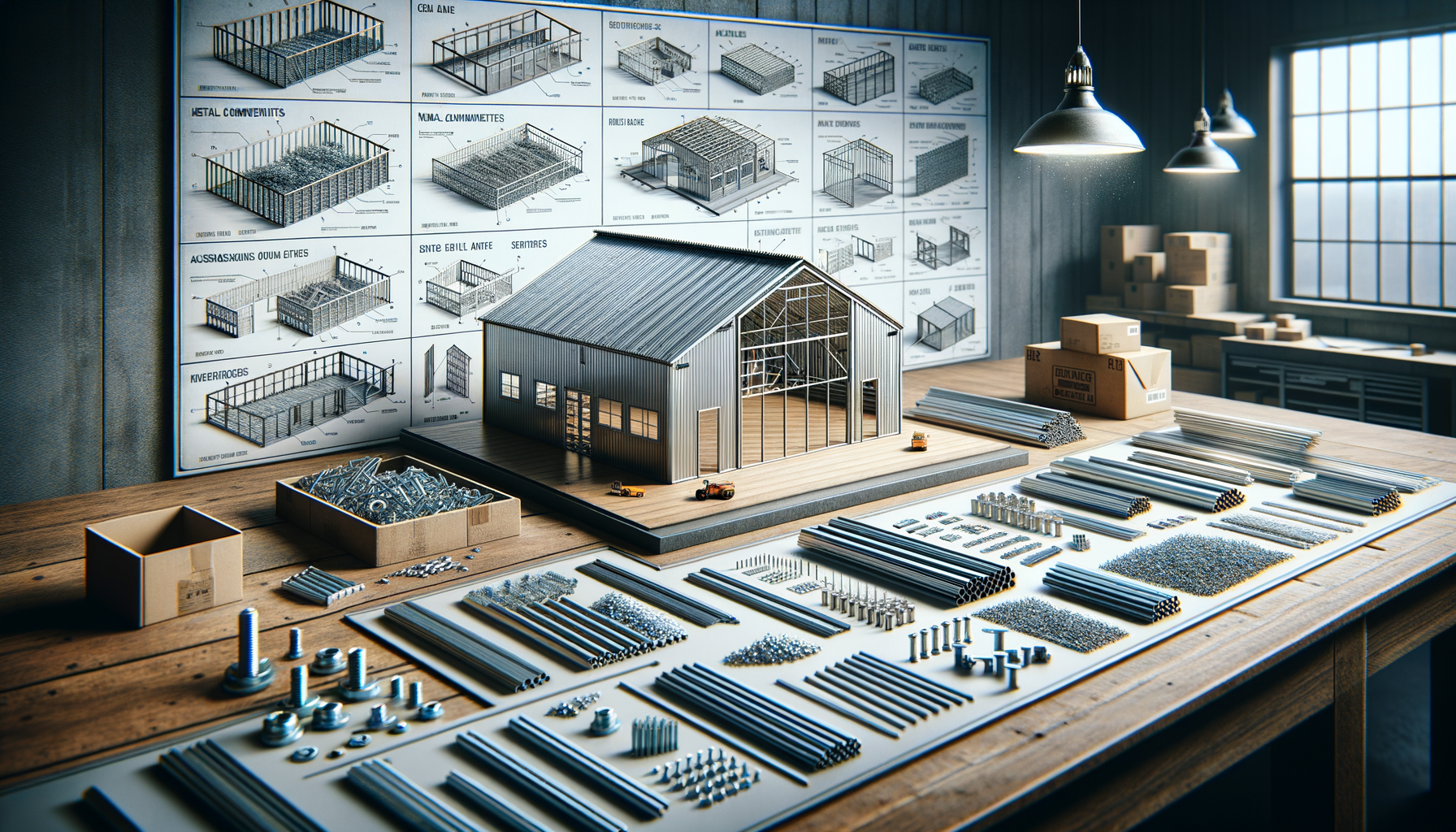
The Advantages of Using Prefab Metal Building Kits
Introduction to Prefab Metal Building Kits
Prefab metal building kits have emerged as a popular choice for a variety of construction needs, offering a blend of versatility, durability, and cost-effectiveness. These kits provide a comprehensive solution for constructing structures ranging from garages and workshops to larger commercial buildings. The rise in popularity of prefab metal building kits can be attributed to their ease of assembly, customization options, and long-term benefits, making them an attractive option for both individual and business use.
Cost-Effectiveness and Efficiency
One of the most compelling advantages of prefab metal building kits is their cost-effectiveness. Traditional construction methods often involve high labor costs and extended timelines. In contrast, prefab kits are designed for easy assembly, significantly reducing labor expenses and construction time. This efficiency translates to financial savings, allowing for budget allocation to other areas of a project.
Moreover, the streamlined process of prefab metal building kits minimizes waste, further enhancing their economic appeal. The precision in manufacturing ensures that each component fits perfectly, reducing the likelihood of errors and material wastage. This not only saves money but also supports sustainable building practices.
Durability and Maintenance
Prefab metal building kits are renowned for their durability. Made from high-quality steel, these structures are resistant to common issues such as rot, mold, and pest infestations that often plague traditional wooden buildings. The robustness of metal ensures that the buildings can withstand harsh weather conditions, providing a safe and secure environment.
Maintenance of metal buildings is relatively straightforward and less frequent compared to other materials. The corrosion-resistant properties of steel, especially when treated with protective coatings, ensure longevity and reduce the need for regular upkeep. This durability makes prefab metal building kits a wise long-term investment.
Customization and Flexibility
Another significant advantage of prefab metal building kits is their customization potential. These kits offer a wide range of design options, enabling users to tailor the structure to their specific needs. Whether it’s adjusting the size, shape, or incorporating additional features like windows and doors, the flexibility of prefab kits allows for personalized solutions.
The adaptability of metal building kits extends to their use in various applications. From residential garages to industrial warehouses, the versatility of these kits makes them suitable for numerous purposes. This flexibility is particularly beneficial for businesses that may need to expand or modify their facilities in the future.
Environmental Impact and Sustainability
Prefab metal building kits contribute positively to environmental sustainability. The production of steel involves recycling, making it one of the most recycled materials globally. This recycling process reduces the need for raw materials and minimizes environmental impact.
Additionally, the energy efficiency of metal buildings is noteworthy. The reflective properties of metal roofs can help reduce heating and cooling costs, contributing to energy conservation. Furthermore, the longevity and low maintenance requirements of metal buildings mean fewer resources are needed over the building’s lifespan, aligning with sustainable construction practices.
Conclusion: The Future of Construction
Prefab metal building kits represent a forward-thinking approach to construction, combining cost-efficiency, durability, and sustainability. As more individuals and businesses recognize the benefits of these kits, their popularity is likely to continue growing. By offering a practical and customizable solution, prefab metal building kits are paving the way for innovative and responsible building practices.
For those considering a construction project, exploring the options available with prefab metal building kits could provide the ideal balance of functionality and value.


